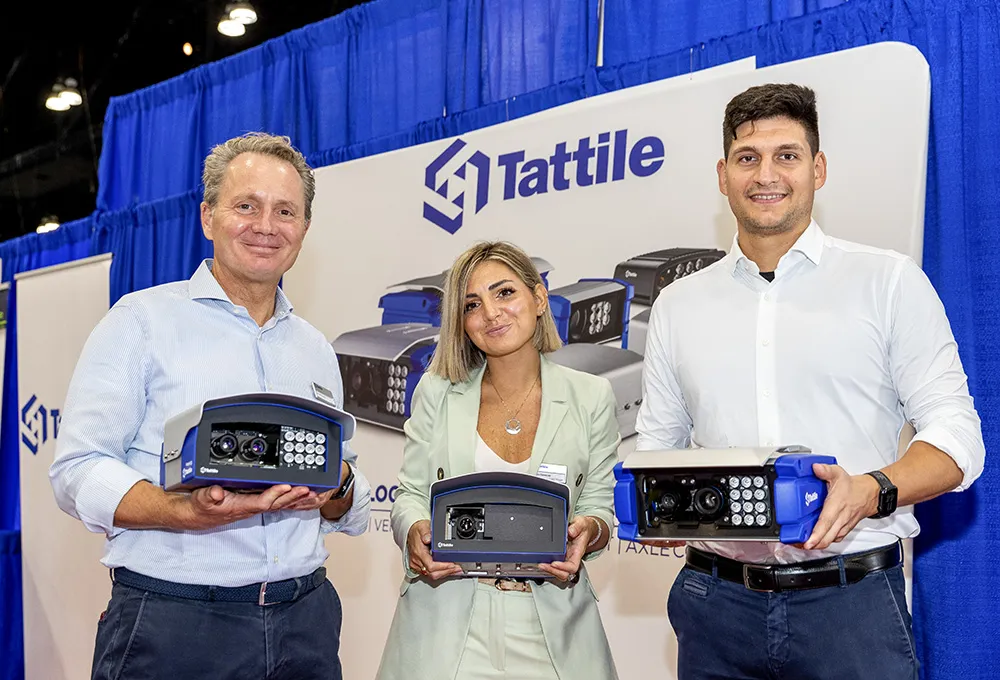Sick is taking advantage of Traffex to launch its TIC102 laser measurement system at Traffex 2013, part of the company’s growing portfolio of vehicle and traffic management solutions in the UK, Following the acquisition of the Swiss-based company ECTN. The TIC102 offers real time vehicle profiling and classification for multi-lane, free flowing or stop-go traffic. As well as providing collection data for tolls, it can be used for monitoring vehicle speed, vehicle dimensions and vehicle intervals, even with
April 16, 2013
Read time: 2 mins
The TIC102 offers real time vehicle profiling and classification for multi-lane, free flowing or stop-go traffic. As well as providing collection data for tolls, it can be used for monitoring vehicle speed, vehicle dimensions and vehicle intervals, even with rapid lane changing behaviour.
“The TIC102 is based on high-performance SICK lasers to ensure reliable vehicle detection even at night and in bad weather,” comments Gary Young, Sick UK traffic management segment manager. “It was developed by Sick subsidiary ECTN, and has been successfully proven on autoroutes across Europe, where it provides highways authorities with a wealth of safety and revenue information, especially for tolls, tunnels, rail crossings and bridges.”
The TIC102 is designed to be gantry- or bridge-mounted, with up to three slave sensors and one processor sensor unit, covering four lanes. In addition to its own data collection, the device can be used as a trigger for DSRC (dedicated short range radio communications) and automatic number plate recognition cameras, and so can be integrated with a number of different traffic management systems.
.
The TIC102’s live 3D view of traffic is integrated into one, easy-to-use display, and is simple to install and configure, auto-calibrating with moving traffic. Remote access allows easy maintenance, and as the processor stores data independently, it can also be used for temporary traffic data collection, such as with road lane closures and speed restrictions.










